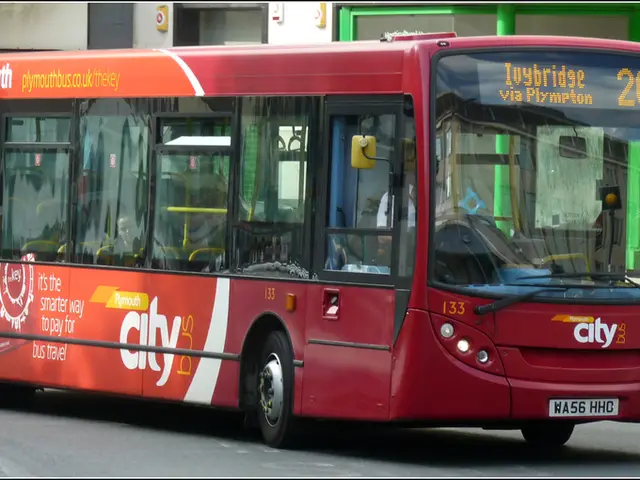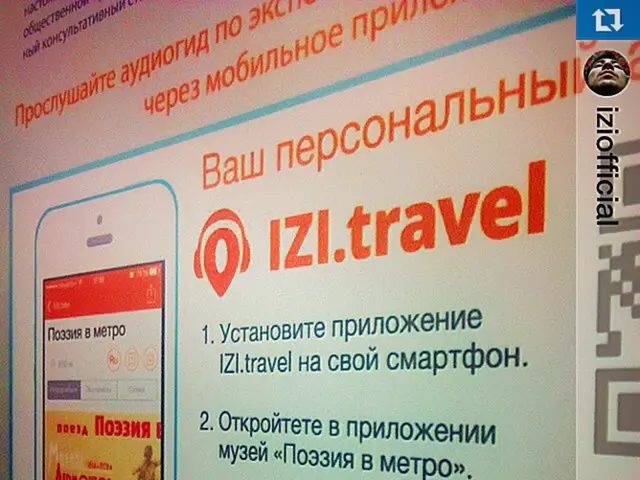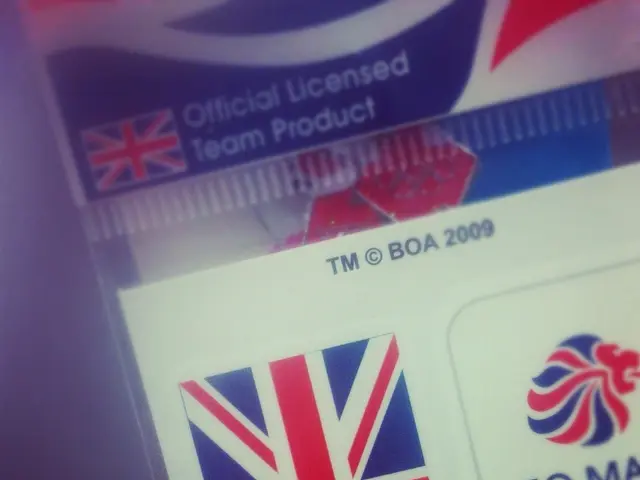Advertising platforms and their sales strategies
United Media's (UM) newest offering, "Full Colour Media," aims to transform marketing by incorporating human creativity in a world where AI's prevalence could potentially drive both competition and standards downward. Previously, UM marketed its services to clients with the promise of 'Futureproofing,' but Alice Archer, the agency's chief communications and culture officer, notes this was more of a narrative than a substantive offering.
In contrast, "Full Colour Media" is integrated into UM's planning systems and is altering the agency's methods of staff training and recruitment. The agency's proposition is grounded in a model developed by Felipe Thomaz, which synthesizes product characteristics and market dynamics to identify a brand's unique pattern.
Using this pattern, UM can ascertain the ideal balance of ad metrics a brand should pursue for growth. Metrics are divided into three categories: Visibility (attention and ad awareness), Vibrancy (word of mouth and social media engagement), and Variability (positive impressions and quality).
For instance, a financial services client could be informed that 'visibility is a significant driver in the payments services and credit cards category; however, brand growth is more likely to be fueled by variability rather than the category average.' This information could then be utilized to construct a tailored and complex media plan.
While the effectiveness of UM's brand patterns remains unclear, chief product officer Adam Morton claims they played a role in securing Levi's global media account. The thinking behind "Full Colour Media" seems promising, indicating that other media agencies may eventually unveil similar models.
Brian Wieser, a media and marketing specialist, predicts that AI-based ad products will redefine many marketing budgets by reducing friction. Brands will increasingly rely on these platforms to smooth processes—such as Google's Performance Max or Meta's Advantage+—resulting in the need for media agencies and planners to provide unique value to clients. To do so, Wieser suggests, they should focus on determining appropriate campaign goals.
Agencies are confronted with a choice between obsolescence or a price or technological arms race; thus, finding a different path is essential. UM's "Full Colour Media" represents one such attempt to offer clients a deeper understanding of customer journeys.
Data integration, AI, and collaboration across departments are key steps in implementing these advanced models. The ever-evolving media industry requires agencies to adapt to changing customer behaviors and technological advancements to remain competitive.
Sources:1. UM Communications2. Brian Wieser, financial analyst specializing in media and marketing3. The Drum4. AdWeek5. Forbes
- United Media's (UM) initiative, "Full Colour Media," leverages human creativity, aiming to distinguish marketing methods in a world where AI's rise could potentially dictate competition and standards.
- "Full Colour Media" is not merely a narrative but an integrated part of UM's planning systems, altering staff training, recruitment, and work methodologies.
- Felipe Thomaz's model, integral to "Full Colour Media," synthesizes product characteristics and market dynamics to identify a brand's unique pattern, guiding the ideal balance of ad metrics for growth.
- By providing clients with insights about appropriate campaign goals and balancing ad metrics, media agencies can avoid obsolescence and remain competitive in an industry rapidly evolving with data integration, AI, and collaboration across departments.




